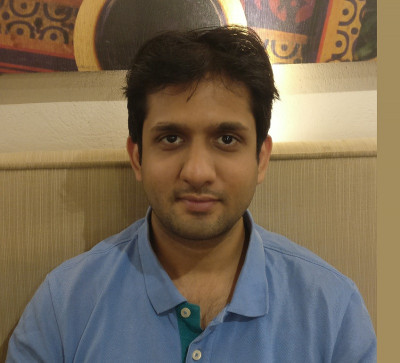Audio storytelling - An interesting form to connect Indians irrespective of their demographic
Regional audio is one format that has the ability to connect with everyone. Whether you reside in a metro or in a smaller town, the art of storytelling has the power to hold a person’s attention and entertain them, writes Pratham Khandelwal, Co-Founder and CEO of Headfone.
One of the earliest childhood memories for most humans across the globe is one of their mother or grandmother telling them stories towards the end of the day. In a way, most human’s tryst with stories starts as early as 6 months with the bond with a parent and child largely being formed through stories. It is no wonder that listening to stories has an intense psychological and emotional impact on people.
Over the last few decades, there has been an explosion in the amount of content we have had access to – from physical books to e-books to blogs to movies and web-series. We have also seen consumption of video content replace (to an extent) the consumption of written content – the hours spent by users on video platforms has increased manifold! While this has been enabled by the rise of platforms that cater to text, photos, and videos, we’ve only recently started seeing a variety of audio platforms emerge across countries. Within this short span of time, Indians seem to have discovered a tremendous appetite for both producing and consuming audio stories. But why is this format gaining rapid popularity with the regional audience?
- A connection that goes beyond emotional or sensory signals:
Listening is often considered a bit intimate – since that is a sense that we use only with people we know in real life. Almost all research shows that Listening to a good story causes both neurological and chemical changes in the brain. Listening to stories increases the amount of neural activity 5-fold – this additional work put in by the brain helps us imagine sensations, process emotions in addition to activating our motor cortices, and our emotion and visual image processing centers. But chemically also, listening to stories activates oxytocin, the bonding hormone. Hence, listening to audio stories builds a connection that goes beyond what video stories or even blogs are able to make.
- Ease of engagement:
In smaller cities and towns, one can see people demonstrate greeted comfort with Audio by sending and listening to audio notes on Whatsapp rather than typing text messages. It isn’t just being comfortable with Audio that drives consumption of audio, but also the lifestyle that increases the demand. A good percentage of Indians spends a significant amount of time commuting to or for work – this is true for metro-dwellers as much as Tier-2 and Tier-3 city dwellers. The nature of work (physical/ desk work), and internet strength is also considered to be a major driver of adoption of audio content over video.
- Ease of Production:
In the era of social media/ content influencers, those who are conscious about appearing in front of the camera, can easily produce audio content and garner followers. Just with a good smartphone and a mic, anyone can create unique audio content. Especially in non-metros, there has been an increasing number of users wanting to create regional content by either enacting stories/poems or narrative originals. Additionally, production of Audio stories in regional languages isn’t constrained by the limitations of typing (since keyboards are optimised for English typing) nor do they impose the resource requirements for video content.
- Varied Genre to cater to a vast audience:
From comedy, to drama to horror, audio content with interesting sound effects has the ability to connect with a larger audience base. There are now bestselling books also being made available in audio format. For people who find reading long, thick books difficult to reach, sometimes due to language difficulties and other times due to lesser attention span – audio storybooks are a great format. They tend to convert these books into easily consumable regional content, which can then be consumed by a larger audience. There are 2 common themes to this. Firstly, a few Indian authors write their novels in English and then make Audio Drama adaptations in regional languages. Secondly, Indian dialects and languages themselves see a lot of evolution – old epics like ‘Chandrakanta’ and even stories by Premchand are sometimes hard to read by today’s language. Audio Dramas and story-telling often go a long way in adapting the language in these stories to today’s language.
With these factors – with Smartphone growth and 4G and a growing appetite for stories - coming together, the stage seems set for the growth of Audio. This also would be aided by the rapid mushrooming of creators across India – creators, who aren’t constrained by English language or by lack of resources required for other formats. We should also see this leading to both new content, and a revival of old content that has been made easier to consume. So, the next time you are travelling, why don’t you look up a nice Audio drama (can I suggest ‘Sniper’s Eye’ or ‘Danny’?), and immerse yourself in your mind?






Share
Facebook
YouTube
Tweet
Twitter
LinkedIn